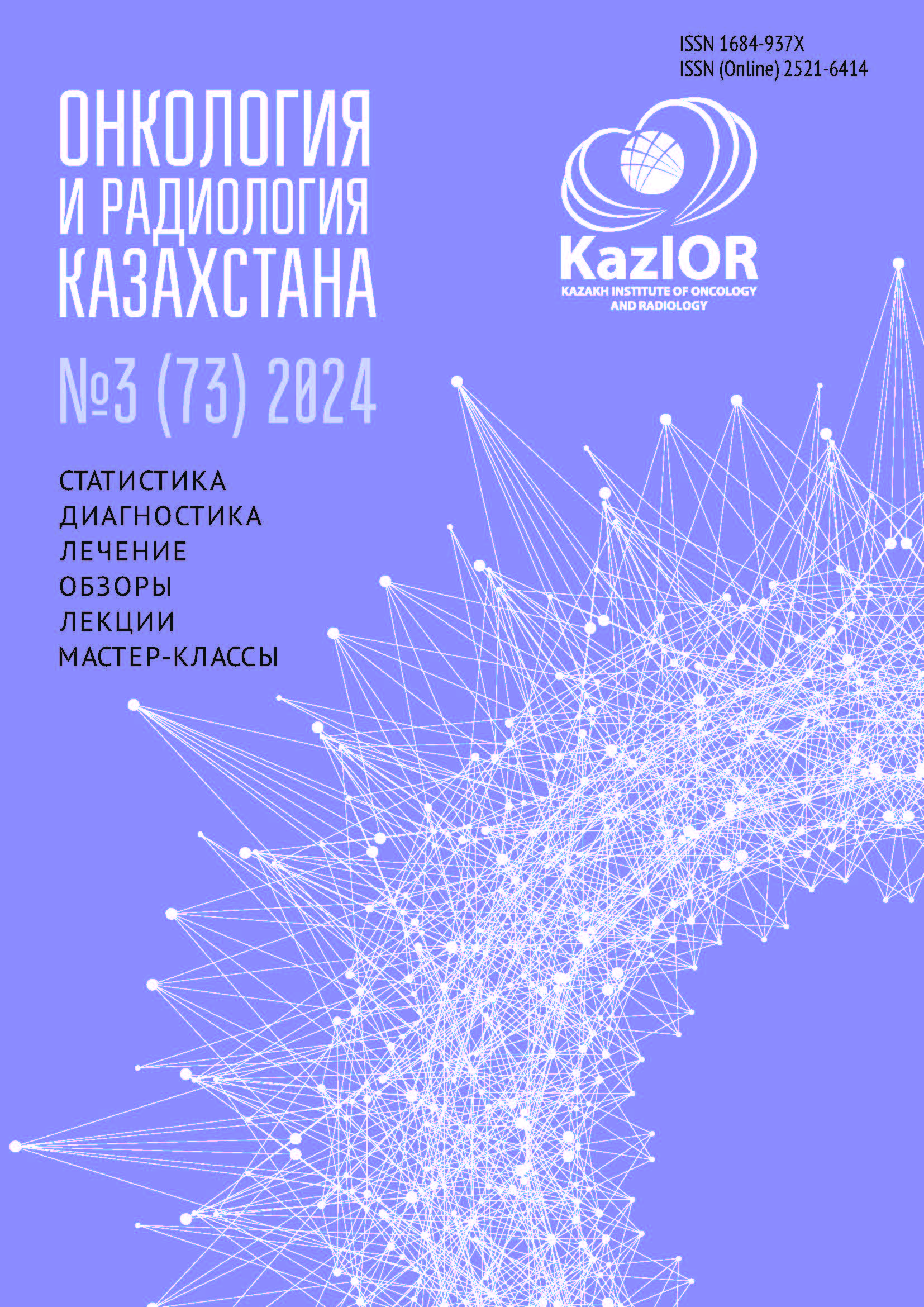Results of allogeneic hematopoietic stem cell transplantation in children at the clinic of the Scientific Center of Pediatrics and Pediatric Surgery
DOI:
https://doi.org/10.52532/2521-6414-20243-73-19-24Keywords:
acute leukemia, children, hematopoietic stem cell transplantation, oncohematological diseasesAbstract
Relevance: Hematopoietic stem cell transplantation (HSCT) is a method of providing highly specialized care to patients with various oncological and hematological diseases, primary immunodeficiencies, as well as other congenital and hereditary diseases affecting the hematopoietic and immune systems. In Kazakhstan, HSCT has been performed for pediatric patients since 2012 at the Scientific Center of Pediatrics and Pediatric Surgery. The article presents the experience of conducting allogeneic HSCT in children with oncohematological pathology at the Scientific Center of Pediatrics and Pediatric Surgery, Almaty, Kazakhstan.
The study aimed to analyze the results of allo-HSCT and the possible influence of factors such as gender, conditioning regimen, donor compatibility, and status of the underlying disease at the time of HSCT on the survival rates of patients after HSCT to improve the treatment results and quality of life of patients with high-risk oncohematological diseases.
Methods: Retrospective analysis of observational data on 53 patients after HSCT, carried out at the Scientific Center of Pediatrics and Pediatric Surgery from 2012 to 2020.
Results: In our study, 39.6% of patients were diagnosed with acute lymphoblastic leukemia (ALL, n=21), 28.85% of patients (n=15) with acute myeloblastic leukemia (AML), for aplastic anemia alloHSCT was performed in 20.75% of cases (n =11), in 9.46% (n =5) alloHSCT was performed for myelodysplastic syndrome (MDS), of which three patients (60%) had juvenile myelomonocytic leukemia (JMML). According to the results of the study, when performing allo-HSCT, the overall survival rate of patients with ALL after from a compatible related donor was 63.6%, while when performing HSCT in the earliest stages from the onset of the disease, survival rates were significantly higher (83.3%). The effectiveness of HSCT was also influenced by treatment before transplantation and the presence of a fully compatible related donor. In aplastic anemia, the time from the start of therapy is a significant factor
Conclusion: HSCT is an important and necessary stage of therapy for oncological and hematological diseases of high-risk groups in the early stages and in case of relapses of diseases. When HSCT was performed in the earliest period from the onset of the disease, survival rates were significantly higher (83.3%) compared to those with HSCT performed during 3rd remission. Also, it was shown that the success of HSCT depends on previous therapy. HSCT in children with aplastic anemia should be performed early from the onset of the disease with minimal hematological load to HSCT, which guarantees engraftment. Patient survival was assessed according to Kaplan-Meier, and static processing was carried out using the SPSS Statistic program.

